🕵🏻♂️ B2B Demand Generation Playbook
The reality of B2B demand generation in 2025 and how to build a model that aligns with how your buyers ACTUALLY buy (not how we wish they would).
The #1 complaint we hear from sales leaders is the lack of awareness and demand from strategic accounts. While marketing usually argues that the demand gen function works perfectly (pinpointing to MQL reports), and this is a sales problem.
Today we are going to cover:
The conventional demand generation playbook: what we do vs what buyers need
Full-funnel demand generation model that is aligned with the buyer journey
9 steps to develop demand gen function
GET ACCESS TO A NEW B2B DEMAND GENERATION PLAYBOOK
You’ll get access to:
25 short and actionable videos and tutorials. No theory or high-level overview
15-mins max videos to explain a specific process or show how to implement it
10 ready-to-use templates including demand gen reports, budgeting demand gen program, creating joint playbooks with sales, a pilot demand generation program presentation, demand generation program examples, thought leadership, nurturing content production templates, and many more
30/60/90 launch plan with step-by-step instructions, demang gen plan example, and a timeline
P.S. If you have access to our ABM course, the new demand generation playbook will help you increase awareness and support your ABM program with engaged strategic accounts.
The conventional demand generation playbook: what we do vs what buyers need.
Here's how most B2B companies run "demand generation" today:
For "awareness":
Keyword research → weekly blog posts
Drop links on social media (go and read our new post)
Self-promotion (news, awards, events)
For "demand generation":
Webinar sign-ups or gated content downloads → Short email "nurture" sequences → Sales handoff
For "demand capture":
Direct ads, cold emails, InMails, and cold calls → Book a demo
Sounds familiar?
The brutal truth: This playbook focuses ONLY on in-market buyers – those who have already built internal consensus, prioritized the problem, shortlisted vendors, and are ready to evaluate solutions.
But this is the SMALLEST slice of your market.
*Learn more about demand generation from a buyer’s perspective here:
https://fullfunnel.substack.com/p/demand-generation-from-the-buyers
No Buyer Ever Said:
"Hey, I'm interested in being your MQL. Please, send me your automated email nurturing cadence and transfer my email and phone number to your Sales Rep. I'd love to spend a few hours on a qualification call and then hang out with your Account Executive."
The reality of how B2B buyers actually evaluate and select vendors is completely different.
Here are two stats:
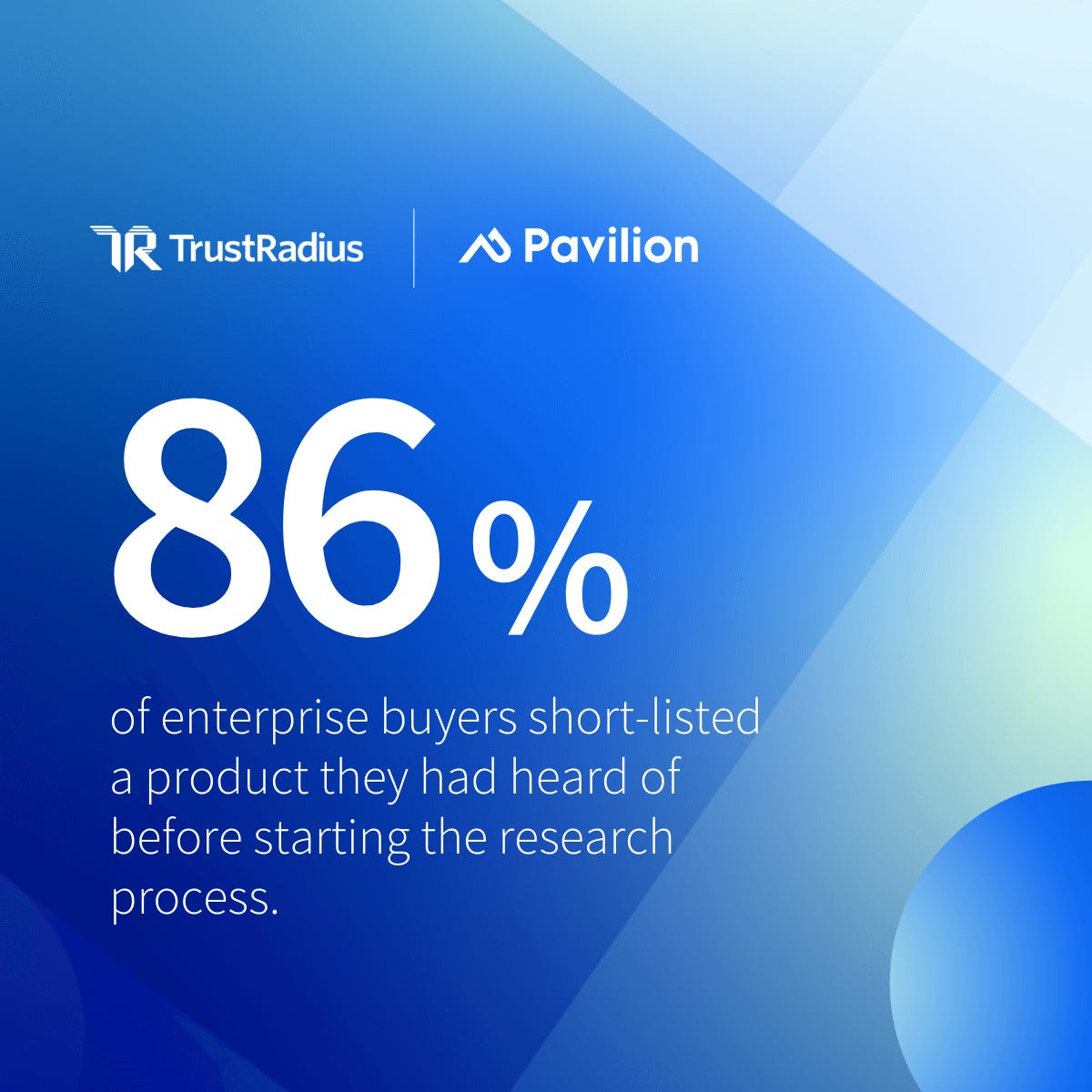
86% of enterprise buyers shortlist vendors they had heard of before starting their research process.
This means brand awareness PRECEDES demand. You can't just rely on capturing existing demand – you need to create it first (unless you are selling a $15 product :)).
It takes 222+ touchpoints on average to close a complex B2B deal.
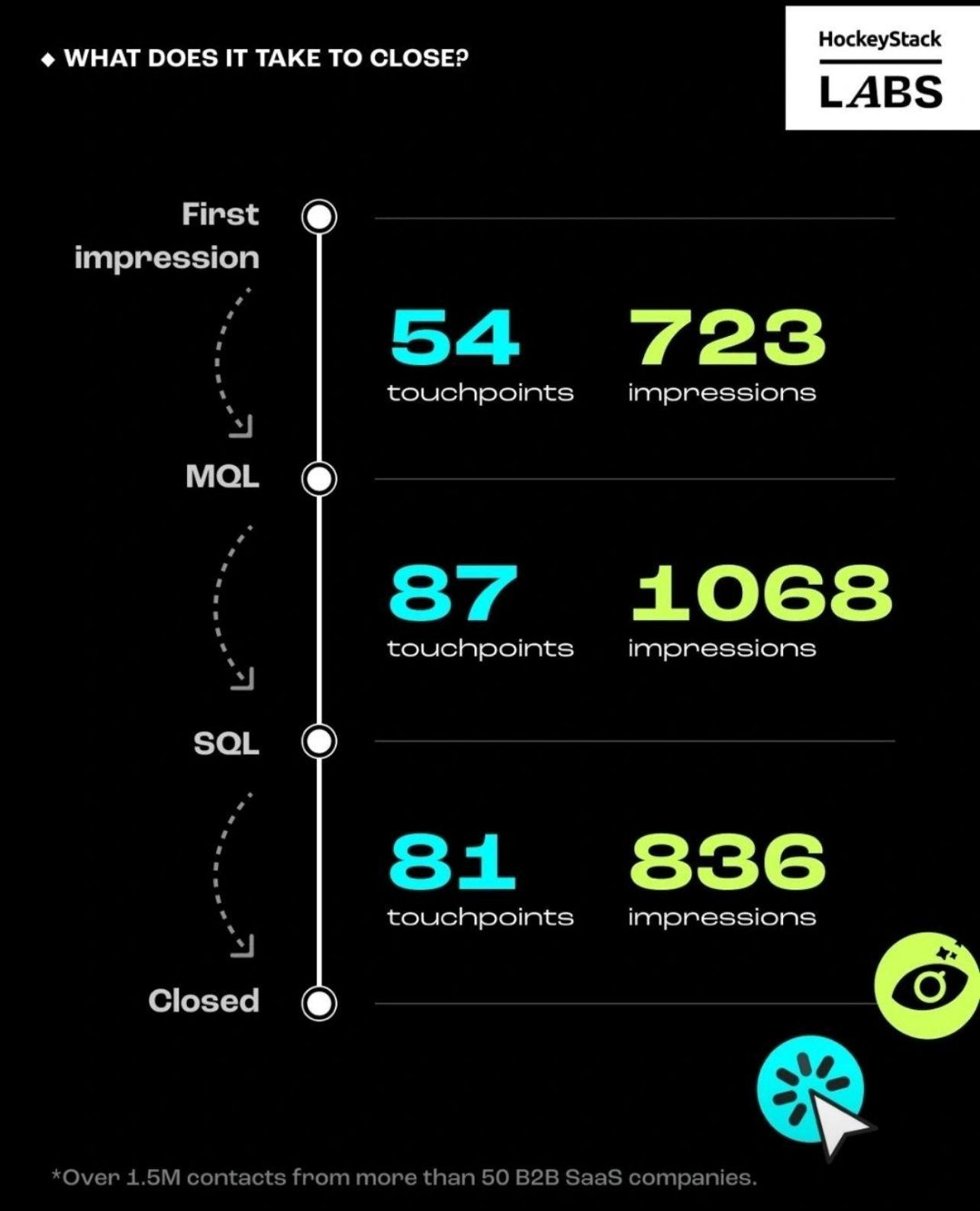
Even more revealing is that most of these touchpoints happen OUTSIDE your funnel:
On social:
Comments
reading posts
checking profiles
tagging colleagues
listening to podcasts
In private chats:
Internal Slack sharing
network consultations
community questions
In internal meetings:
Critical questions arising
colleagues lobbying for alternatives
procurement pushing existing vendors
shifting business priorities
Drive pipeline THIS quarter with full-funnel ABM programs.
If any of these challenges sound familiar:
You are aligned in theory with sales but don’t do anything in practice aside from receiving wish lists from sales and sharing with them your marketing plan. In reality, you work in silos and miss the revenue targets and are being pressured by your executives.
You understand that your marketing and sales playbook is broken (mqls, gated content) but despite many attempts you don’t know how to fix it
Your outbound, paid ads and organic pipeline drastically decreased while CAC increased mostly because most of your market is problem unaware and not buying.
You lack brand awareness among target accounts and sales can’t get even a reply.
You clearly see that you're already behind your revenue targets
We can help.
We'll develop a custom full-funnel ABM strategy aligned with your resources, budget and stack and execute it together to drive results THIS quarter.
How can we influence their buyer journey then?
To build an effective demand generation model, you must first understand that there are three distinct levels of buyer demand:
1. Demand for Content.
Buying Intent: No/low buying intent
Duration: 6-8 months
Goals: Get them following your brand, signing up for newsletters/events
What's happening: Buyers learning about industry trends, best practices, consuming content that helps with career development
2. Demand for Solution.
Buying Intent: Low/medium intent
Duration: 3-6 months
Goals: Target accounts sharing your content internally, regular engagement, visiting high-intent pages
What's happening: Building requirements, internal consensus-building, evaluating alternative solutions
3. Demand for Vendor.
Buying Intent: High intent
Duration: 1-3 months
Goals: Sales opportunities
What's happening: Solution prioritized, requirements built, internal consensus reached – now evaluating specific vendors
Most B2B companies only track and optimize for the "Demand for Vendor" stage – the shortest part of the buyer journey. They completely ignore the first two stages, where most of the decision-making actually happens.
Instead of focusing only on capturing existing demand, we've developed a holistic model that influences the entire buyer journey.
Full-funnel demand generation model.
We have described the model in more detail here: https://fullfunnel.substack.com/p/cohesive-b2b-demand-generation-model, so I focus only how to build this model.
The core principle:
Instead of trying to implement 50 different tactics at once, focus on building 1-2 core programs for each of 6 pillars of the model.
1. Define 1-2 Core Brand Awareness Programs.
For our company, we built everything around two simple pillars: LinkedIn thought leadership and this Substack newsletter. We're now at 25,000+ subscribers with a 31% open rate. We publish practical, experience-based content consistently – not self-promotional fluff.
2. Define 1-2 Core Demand Gen Programs.
We run quarterly webinars that break down complex topics into actionable frameworks. Our recent"B2B demand gen playbook" webinar attracted 500+ attendees.
We also create in-depth guides in our blog covering from A to Z complex topics like ABM strategy, Ideal Customer Profile, Account-Based Content, etc.
3. Define 1-2 Demand for Vendor Programs.
Check this post where we describe in detail our approach: https://fullfunnel.substack.com/p/buyer-enablement
4. Create a Distribution Plan.
For every piece of content, we have a detailed distribution plan:
Day 1: Publish on LinkedIn, communities, Twitter, email collaborators
Day 2: Repurpose for other platforms
Day 3: Share in newsletter
Day 4: Direct message target accounts with personalized summaries
5. Define Core Signals and Allbound Demand Capture Playbooks.
This is where most companies fail. You need to align different signals with appropriate marketing and sales actions.
Here is an example from our course.
The core question we here after presenting this model is:
We want to build a full-funnel demand generation model. How should we start?
Below is the 9-step process you can use.
How to build a B2B demand generation model.
Here is our 9-step process.
1. Create Pilot Program Strategy
Define target clusters
Run deal analysis to create cluster ICP
Form a pilot team with clear responsibilities
2. Define Core Programs
Select 1-2 awareness programs
Define core social or community channels
Select 1-2 demand gen and capturing programs
Create program metrics and playbooks
3. Get Internal Buy-in
Create an internal business case
Present the pilot program with expected results
*Learn more about getting leadership buy-in here: https://fullfunnel.substack.com/p/leadership-buy-in
4. Set Up Reporting
Set up blended attribution
Create individual reports
5. Set Up Content Production
Interview internal SMEs
Create content calendar
6. Launch the Pilot
Run weekly review meetings
Track leading indicators and small wins
7. Run Retrospective and Get Buy-in for Scaling
Create program report with key metrics
Add recommendations for operationalization
8. Operationalize
Define program owners
Create demand gen calendar
9. Scale Demand Gen Function
Launch programs for other clusters
Create cross-functional teams
The Hard Truth About Demand Generation in 2025
Building a demand generation function takes time. There's no silver bullet.
The companies that struggle are those that constantly jump between tactics without a cohesive strategy, push buyers through an artificial funnel, and measure success only by MQLs.
You don't need 50 different tactics. You need 3-5 programs that span different stages of the buyer journey that you execute consistently and excellently.
Remember – you can't control the buying process, you can only influence it. But with the right model in place, you can be there at every critical stage, building brand awareness, creating demand, and capturing it when the time is right.
Listen to Full-Funnel Live - Buyer Enablement: How to Influence the Buying Process and Get Chosen.
*If you want to attend the next live episode, sign up here to receive an invite. Usually, we host them every Wednesday at 4 pm CET (Central Europe) - 11 am ET (Eastern Time).
In this episode of Fullfunnel Live, we talk about capturing demand signals.
Tune in to learn:
Why your deals are getting stuck—or dying—when you're not in the room
How to enable Champions with personalized content hubs, business cases, and internal sales tools
The key elements of a successful buyer enablement program
How to prepare your marketing and sales teams to align around how B2B buyers really buy
Subscribe to the Full-Funnel podcast:




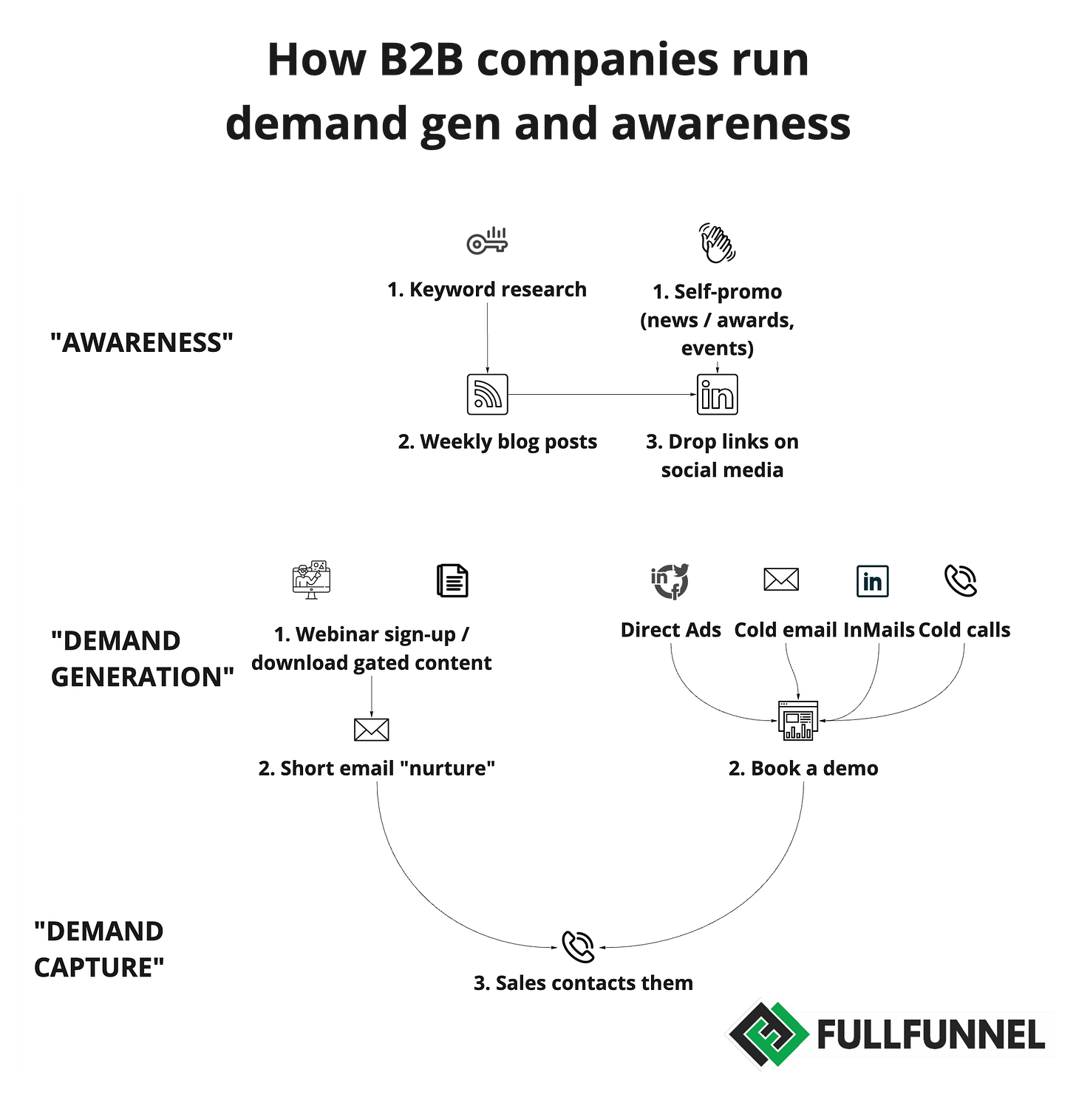
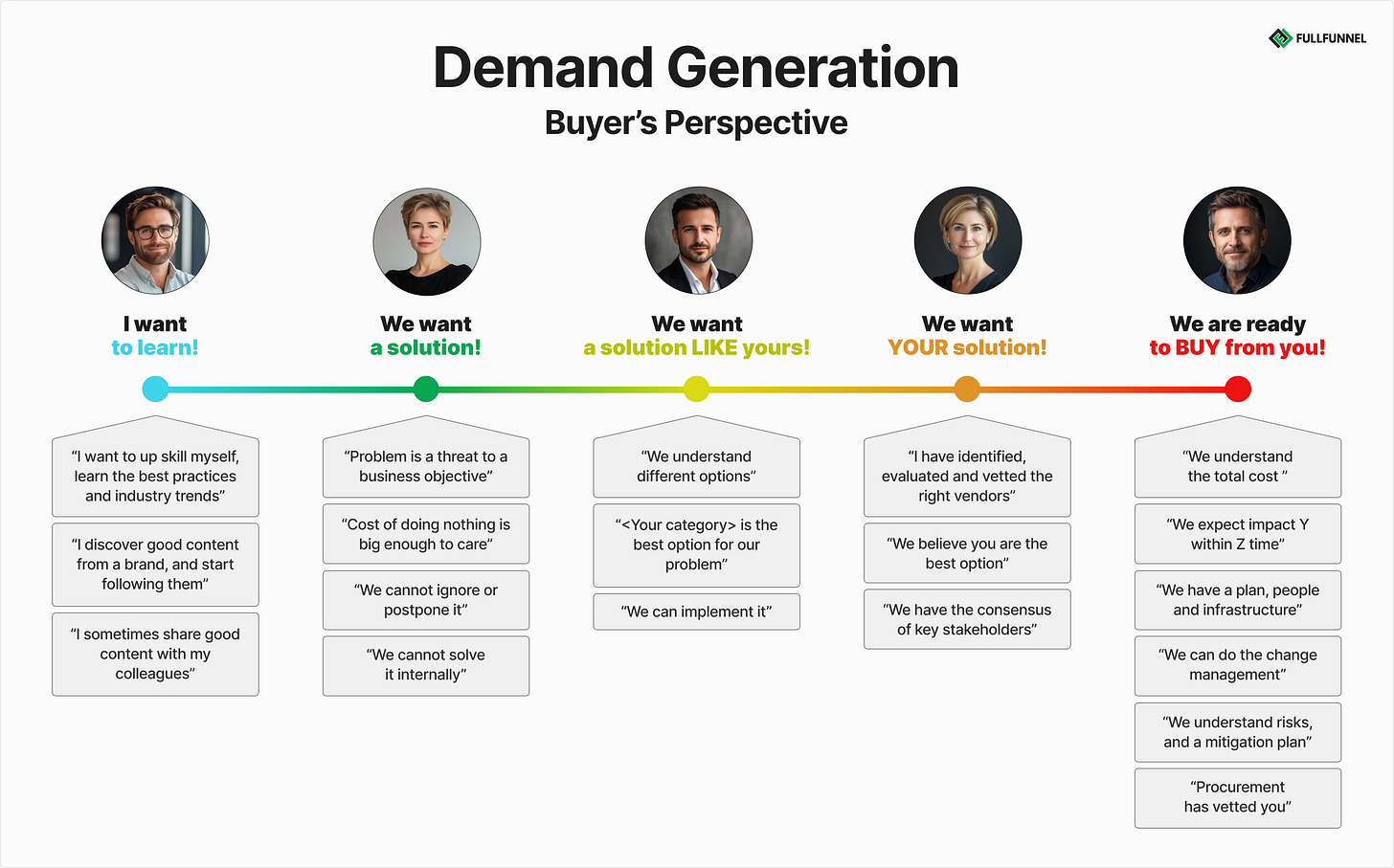
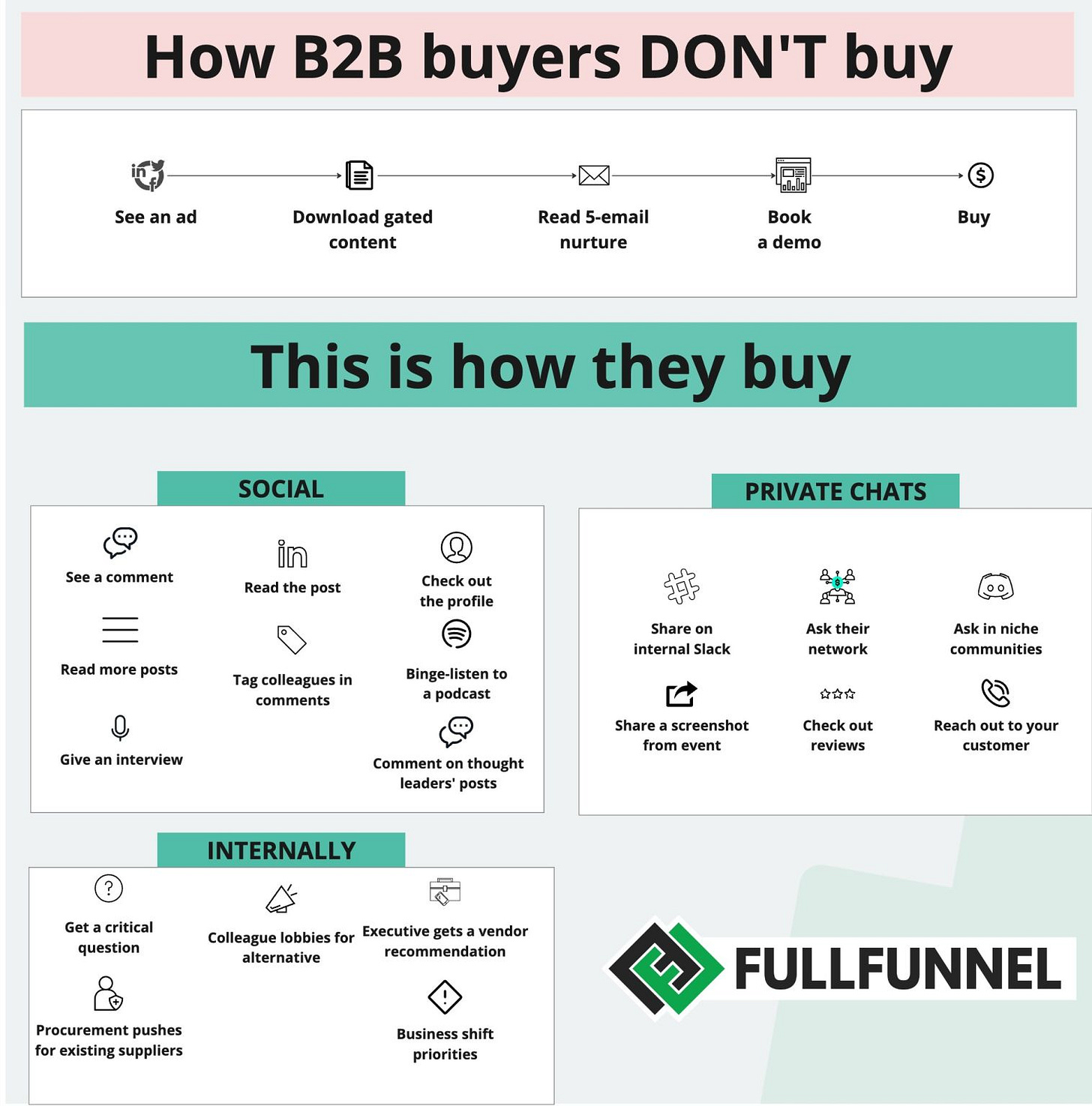
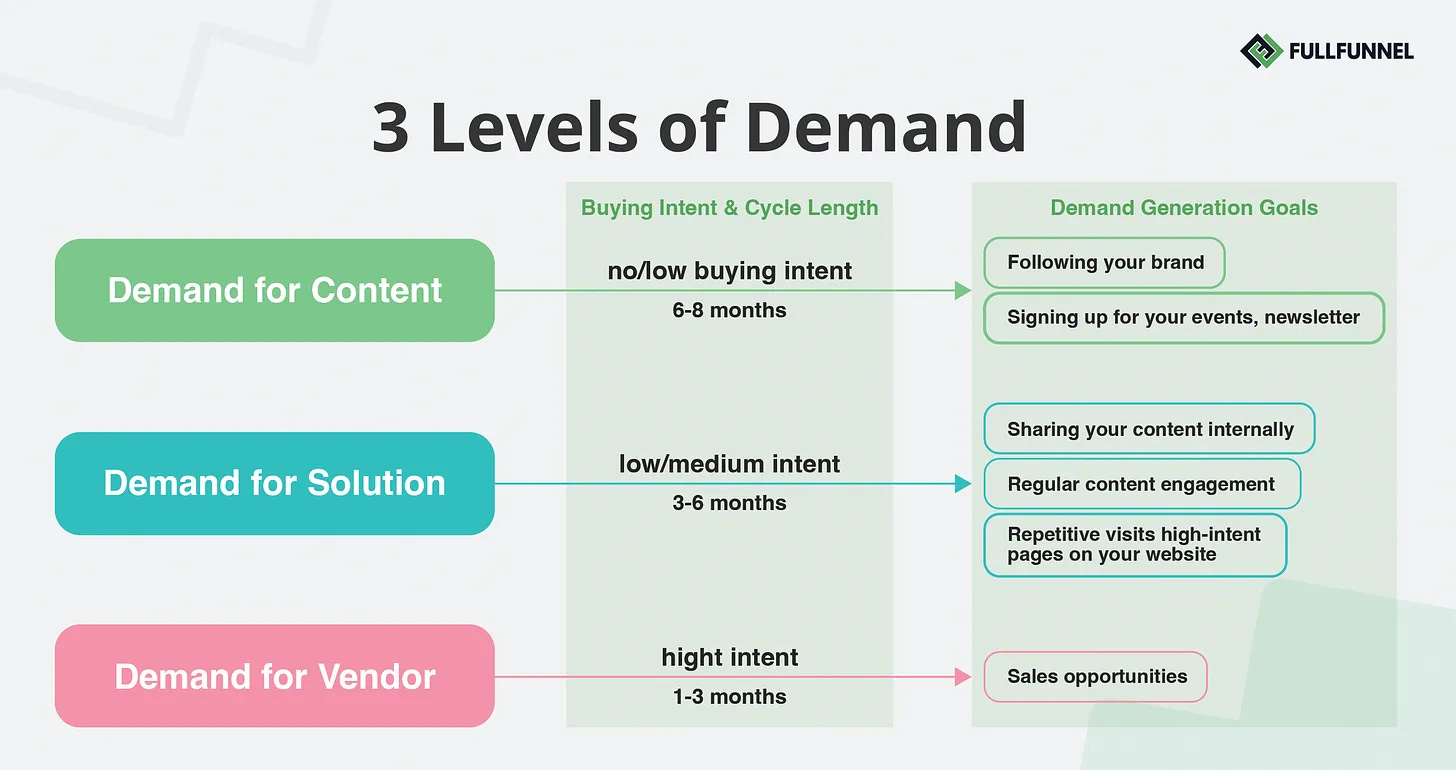
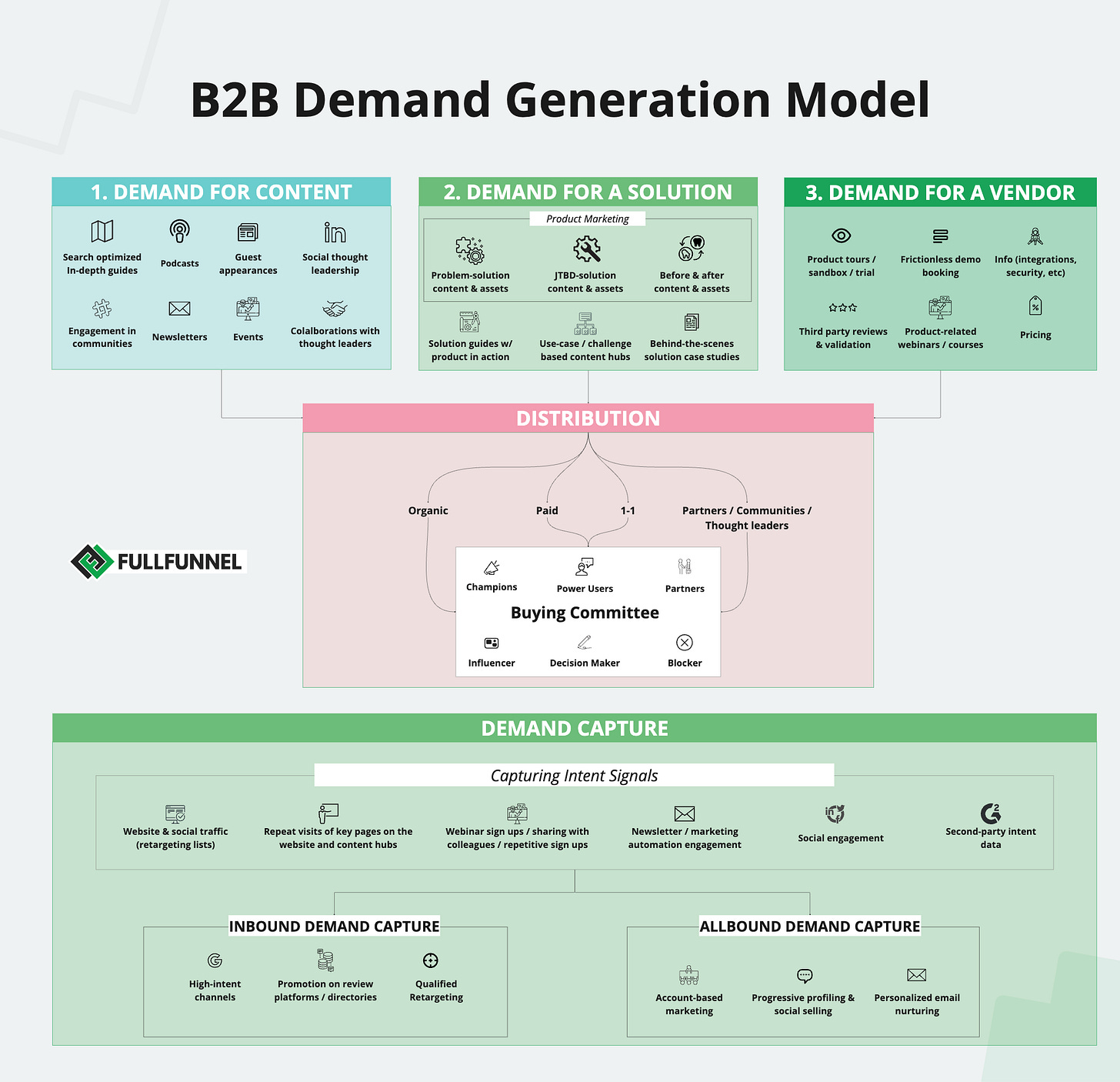
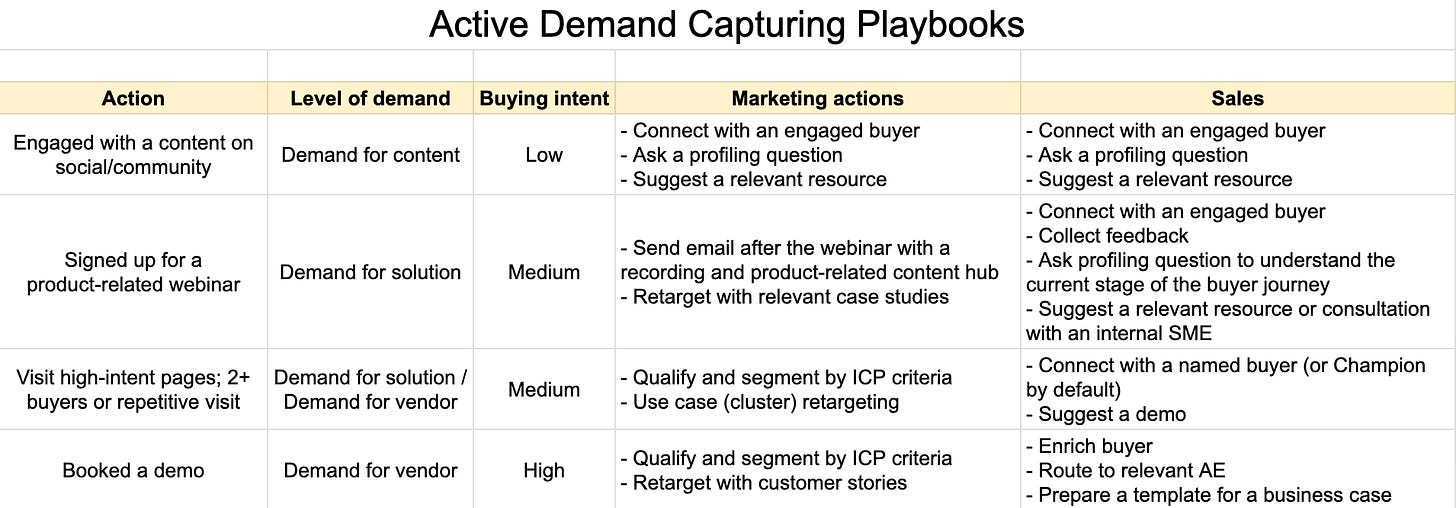
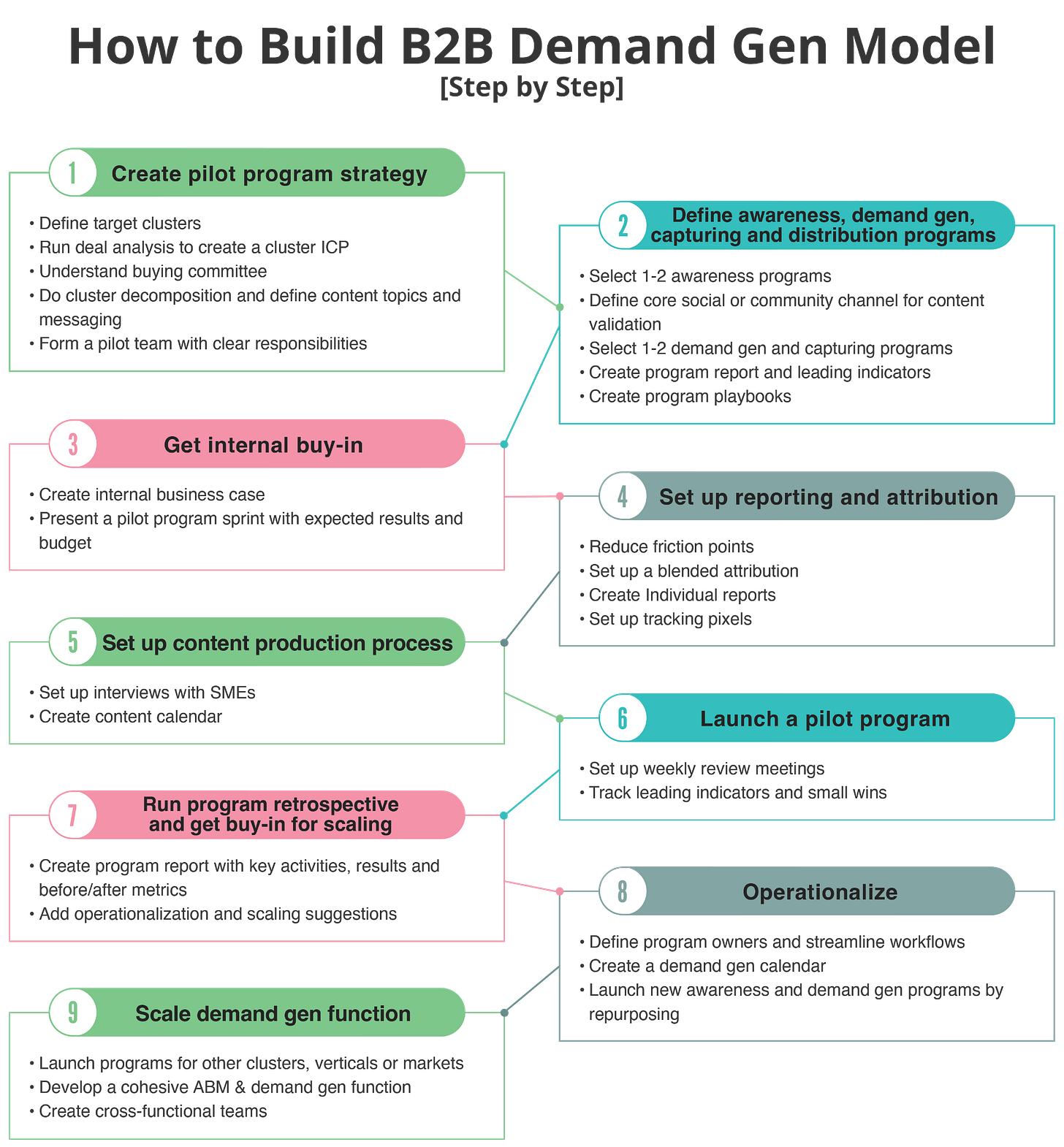
Very good insight 😌. Can i translate part of this article into Spanish with links to you and a description of your newsletter?